Introduction
Without a doubt, contact with nature is one of the activities that more and more people enjoy during their vacations, it can be a walk through the woods, the beach or up a mountain, horseback riding or simply wearing a bathing suit and diving into the depths of a river, lake or the ocean.
Feeling your body float under the water, like a bird in slow motion, is relaxing and stimulating. Who has not dreamed of flying? Who as a child did not enjoy spending all day in the water?
Well, if you really want to enter a world of adventure, full of new things or that you don’t usually see, there is no better choice but to experience and enjoy the sensational experience of scuba diving and what better place than Puerto Vallarta, where the waters are warm, the sea is full of life and colors and there is a wonderful variety of locations to enjoy, both for the newbie and for the pro.
When you jump into the sea in PV, you’ll enjoy the experience of seeing and maybe even touching, multicolored fish, corals, anemones, coral, jellyfish and other creatures that you won’t even recognize, you’ll marvel over the textured sands formed by the currents, caves, arches and underwater mountains and reefs that provide shelter for small and big creatures.
Scuba Diving at Los Arcos, Puerto Vallarta
- Los Arcos
- El Acuario
- El Cañon
- La Quijada del Diablo
- El Bajo del Cristo
- Las Lajas
- El Paredón
In Puerto Vallarta, there are many places where you can practice scuba diving, the most famous and popular dive location is without a doubt, Los Arcos (The Arches, AKA Los Arcos de Mismaloya). It’s a beautiful series of five rocky granite islets sticking out from the sea surface, it’s also the deepest part of the Bay and is full of life, especially since it has been a protected sea park. The three biggest islands are called Los Arcos Rock (Roca de Los Arcos), Turtle Rock (Roca de la Tortuga) and Devil’s Rock (Roca del Diablo, which has a dark shadow on the cliff on one side that people say looks like the devil).
Los Arcos National Marine Park is found between Mismaloya Beach and Las Gemelas Beach, some 7 miles south of Puerto Vallarta. This dive site has options for all levels, from novices to advanced and experienced divers, depths range from 10 to 90 feet. The islands, originally known as “Las Peñas” gave Puerto Vallarta its original name. Los Arcos is also a bird sanctuary, the protected seabirds including the sea hawk, pelican and Blue-footed Booby.
The sea’s constant erosive power has opened a series of arches so that you can even sail through, these holes are also found under the sea surface, so you are offered amazing tunnels and underwater arches too. Since it is now illegal to remove and fish at Los Arcos, sea life is once again abundant despite the previous 20th Century abuse and fishing.
Los Arcos de Mismaloya, Puerto Vallarta
The first dive site we’ll mention from The Arches is the so-called “El Acuario” (The Aquarium) approximately 60 feet off from Los Arcos and offers waters that are 30 to 40 ft deep, you’ll find all sorts of tropical marine life in the reefs, seahorses, yellowtail surgeonfish (Prionurus punctatus), eagle rays (fam. Myliobatidae), snappers, zebra moray eels (Gymnomuraena zebra), lobsters, octopuses plus some entertaining fish that look like shy ribbons sticking out of the sandy sea bottom, waving demurely back and forth with the invisible waves.
The rocky west side of Los Arcos has a unique 800 ft vertical wall where you can enjoy a descent into two distinct dive sites, one called “El Cañón” (The Canyon) and the other called “La Quijada del Diablo” (The Devil’s Jaw), locations that are only for experienced divers. The drop-off is at 60 ft and the dive itself runs between 80 and 120 ft. Here you’ll see schools of bright fish, turtles, manta rays and moray eels.
Another good dive site in the Los Arcos area is “El Bajo del Cristo” (Submerged Rock) with depths from 30 to 80 feet, an underwater peak and several submerged volcanic formations that offer lots of marine life including parrotfish (Fam. Scaridae), snappers, moray eels, nudibranchs, and many other surprises.
Another dive site is “Las Lajas” (The Slabs) 40ft deep with schools of eagle rays that are feeding off the sandy bottom and you can find green turtles resting on the slabs in the bottom area. Finally, there’s “El Paredón” (The Great Wall) closer to the mainland from Los Arcos, where you can enjoy turtles, giant mantas and rays in large quantities.
Water Temp: 65-89°F/18-31°C
Average Visibility: 20-50 ft/6-15 m
Depth: 29.5-130 ft/9-40 m
Other Good Dive Sites Around Puerto Vallarta
There are many other options for this sport, not just the beaches and sea in the state of Jalisco, but also in the sea of Nayarit, which is the neighboring state that includes half of the bay area, some recommended places are:
The Marietas Islands (Nayarit)
Marietas Islands, aerial view
This scuba diving site is off the northern coast of Banderas Bay in the neighboring state of Nayarit. It was made famous by the oceanographer and conservationist Jacques Cousteau, in the ’70s. Today the Marietas Islands Marine Reserve is one of the most popular dive sites in the Mexican Pacific.
It’s a paradise of unparalleled and untouched sub-tropical beauty, above and below the waves of the bay area. Above water, the islands protect over 30 species of seabirds, including the cute Blue-footed Booby with its smurf-blue feet.
When you’re scuba diving at the Las Marietas Islands, you’ll be gliding by a mountainous underwater range. Here you can find an impressive descent, reefs tunnels, and caves, filled with tropical fish, sea turtles, giant manta rays and even whales if it’s the right time of the year, mostly between November and March.
It takes about 1 hour to get there from Puerto Vallarta and it’s common to see dolphins, orcas and even Humpback whales along the way if the season is right and you are lucky.
Water Temp: 62-86°F/17-30°C
Average Visibility: 40 ft/12 m
Depth: 25-60 ft/7.5-18 m
Princesa Vallarta Shipwreck
Princesa Vallarta Shipwreck
Scuba divers love the opportunity to dive to and explore shipwrecks, this one got stuck in Puerto Vallarta and it was being towed so it could be sunk off of Los Arcos, but it didn’t make it there, so it sank more or less in front of Garza Blanca in the deep waters.
There’s a cemetery of small boats and the main attraction is Princesa Vallarta. Princesa Vallarta wrecked in front of Velas Vallarta on Feb 16, 2017, and was sunk in October of that year.
The Princesa Vallarta ship was originally a bay cruise ship that took people to Yelapa from Vallarta, it was later modified for cargo before sinking.
Water Temp: 65-86°F/18-30°C
Visibility: 20 – 60 ft/ 7-18 m
Depth: 40-80 ft/12-25 mt
Mismaloya
Mismaloya Beach, Puerto Vallarta, Jalisco, Mexico
Mismaloya beach is one of the most visited scuba diving locations due to its proximity to downtown Puerto Vallarta and you can get there by sea and land.
Mismaloya itself is famous for being the film set of “The Night of the Iguana”, shot mostly on the Southern hill where the crumbling remains of the set are still found.
Along the rocks, around this cove, you can find some cool little dive spots. It is full of tropical fish that include the scorpionfish, moray eels, snappers, king angelfish and often eagle rays. Take a peek into the cracks and crevices and you’ll find nudibranchs, lobsters and lots of shrimp and crabs.
It’s a nice and easy training dive site with a sloping seafloor that offers large boulders and depths ranging from 25 to 40ft and also has an interesting dive site for the adventurous and curious diver with a series of rocks and pinnacles that drop to depths of 100ft.
The beach is found 8 miles south of downtown Puerto Vallarta, the highway is called Carretera Federal 200 and is an easy road to drive. You can also catch a boat right off the Los Muertos Beach Pier that will take you there.
Colomitos
Colomitos beach (drone view) Cabo Corrientes, Jalisco, Mexico
It is the first beach in the southern part of the Bay of Banderas which cannot be reached in a car, you can only get on foot (a 40-minute trail) or in a panga (water taxi).
Colomitos is a small and beautiful public beach, the little cove receives the waters of a small stream that during times of the summer rains even forms a small waterfall.
Diving here is very interesting. Dives are no further than 100 feet (32 meters) from the beach shore, you start at a depth of about 20 feet (6.5 meters) and the waters get progressively deeper to a maximum of 45 feet (14.5 meters) in the case of divers with little experience and 120 feet maximum for advanced divers (39 meters).
It is a beautiful and well-protected location that usually offers very good visibility even when the sea conditions make diving impossible in other areas of the bay. Sealife includes a wide variety of rays, butterflyfish, stingrays, and interesting electric rays.
It takes 45 minutes to get to Colomitos Beach from Puerto Vallarta.
Depth: 20 to 120 feet.
Majahuitas
Majahuitas Beach, Cabo Corrientes, Jalisco, Mexico
Majahuitas is a beautiful beach that is accessible only by sea, it’s located between Los Arcos and Yelapa, found 12 miles south of Puerto Vallarta in a straight line. Here the Sierra Madre sinks into the sea and creates a series of shallow bays, great for scuba diving and snorkeling. On this beach, you can also enjoy the peace and tranquillity that an isolated location can offer away from crowds and vendors.
You can dive here all year round and enjoy a very diverse and rich marine life. The underwater visibility is up 80 feet from July to December. You’ll find shy garden eels living in the sandy bottom, large schools of yellow surgeonfish, rays, octopus, seahorses, green turtles and more.
Although there are not many coral formations in the area, the amount of sea life in this ecosystem is impressive, hundreds of shy garden eels live in the sand slope bottoms, large schools of yellowtail surgeonfish, clouds of damsels surrounding the huge boulders, eagle rays feeding off the sandy bottoms. This place is also a favorite for the Giant Manta Ray, with a span of over 20 feet. An array of nudibranchs are scattered on the rocks, and if you love octopus, this is the site for you. Other species include sea horses, green turtles, endless schools of Parrot Fish, Cornets, Puffer Fish, Angel Fish, Damsels and more.
Majahuitas Punta Norte (Majahuitas North Point), Majahuitas Punta Sur (Majahuitas South Point), are the two dive locations here. The current is soft, always with a protected side, for beginner divers. This location has something for everyone, not only for divers but also for those who like to snorkel.
Navigation Time: 35 to 40 minutes.
Water Temp: 65-89°F/18-31°C
Average Visibility 60 ft / 18 m
Depth: 25-80 ft / 7-24 m
Las Caletas
Las Caletas Puerto Vallarta
Las Caletas was once the private getaway home of John Huston, the famous Hollywood director, who considered it one of the most beautiful places in the world and lived here almost a decade. Nestled in a secluded nature preserve on the southern shores of Banderas Bay, Las Caletas is now rented to a famous tour operator that has it as an exclusive tropical beach hideaway.
Las Caletas is only accessible by sea, you’ll be struck by its natural beauty as it jumps out at you against a lush background of vibrant green trees and jungle.
You’ll dive into an exclusive spot that is beautiful and rated for both beginner and experienced divers. When you scuba dive in Las Caletas, there is a lot to see, there is great visibility, plus the waters are calm with gentle currents that let you really focus on your surroundings. The sea life is abundant here, turtles and tropical fish and much more. There are also two sunken shipwrecks you can visit and explore.
This shore dive will put you eye-to-eye with garden eels, jawfish, eagle rays, manta rays, large schools of colorful tropical fish and our resident sea turtle. It’s one of the finest dive sites on the Pacific Coast of Mexico for marine life alone, plus there is a natural reef nearby.
You can only get there through Vallarta Adventures.
El Morro
El Morro scuba dive site Puerto Vallarta
El Morro (The Little Hill) is an advanced dive location that is located on the northern edge of the bay area, 6 miles west of the Marietas Islands. It’s a series of rock pinnacles extending above the surface of the Pacific Ocean’s blue waters.
This dive site has depths of up to 150 ft, El Morro also offers wall diving and a rock cavern at 70-90 feet under the surface. A wonderful opportunity to dive down a wall and then go through a 50-foot tunnel and admire the variety of marine life that lives there, sea fans and coral, colorful nudibranchs, shrimp and octopuses.
This site is a favorite for experienced scuba divers, it’s a small islet out in open waters if you are lucky you’ll find nurse sharks (Ginglymostoma cirratum) asleep on the dozens of small caves teeming with life that pockmark this wonderful location, where you might even encounter whale sharks and humpback whales depending on the season and your luck.
Among the most impressive and awe-inspiring experiences for scuba divers is the giant manta ray, watching them glide by and even perform graceful somersaults. They are frequently spotted alone or in groups at El Morro.
You’ll also find turtles, lobsters, octopus, seahorses, yellowtails, and jacks. Other creatures include sharks, dolphins, sailfish and the largest moray eels you’ve ever seen. Breathtaking manta rays, coral and sponges in every color, shape, and sizes alongside tropical fish in amounts you won’t be able to count.
Scuba diving at El Morro is a unique experience that you’ll remember forever!
Normally there are moderate currents, and due to the depth, it is only recommended for the more experienced scuba divers.
Sailing time: 1:30 hours approx.
Water Temp: 62-82°F/17-28°C
Average Visibility: 40-120 ft/12-36.5 m
Depth: 30-80 ft/9-39.6 m
Las Viudas
Las Viudas Beach
This dive location is found to the West of La Cruz de Huanacaxtle in the northern part of Banderas Bay, even though it’s located in common areas with commercial fishing, there are lots of fish and sea life. You might even be able to catch something for your lunch or dinner!
There are lots of different species of abundant invertebrates, including sponges and nudibranchs. This is one of the few muddy-sand bottom dive sites in the bay. The boat ride from Puerto Vallarta is 50 minutes.
El Malinal
El Manilal, Nayarit
There is also a place called El Malinal, which happens to be a favorite for those who love sea life. This site is not well known and makes it a great place where you can enjoy an impressive and bountiful variety of sea life and underwater biodiversity. It is definitely a great experience you should not miss.
It’s located just off the Iberostar Punta de Mita Resort just north of Punta de Mita, there are two beautiful dive sites, not more than 5 minutes in from the beach, there are tunnels and caves teeming with life, including shrimp, sponges, nudibranchs and mollusks.
28 miles from Puerto Vallarta by sea and 30 miles (1 hour by car) by land.
El Chimo
El Chimo, Jalisco
- El Chimo
- Torrecillas
- Las Iglesias
Chimo is actually a small fishing village close to the edge of the Banderas Bay on the southern end, between Pizota and Los Corrales, 26 miles from Puerto Vallarta.
The dive site at Chimo is only recommended for experienced scuba divers. It’s a wonderful and pristine part of the bay where you can find soft corals and even black and white coral, sponges, many different tropical fish species, large schools of reef fish, turtles, giant manta rays and more.
The seafloor has an impressive series of pinnacles that rise from a plateau that are known as “Torrecillas” (Small towers), and an amazing line of columns called “Las Iglesias” (The Churches) that rise straight from the seabed much like cathedral pillars. This dive location is one that experts visit more than once as there is so much to see and the area is quite big, more than 1300 feet across.
There are reefs and rocky formations with depths from 30 ft to more than 200 feet. From December to April you might be able to even spot adult and baby Humpback whales. It takes about 1 hour and 45 minutes to get there from Puerto Vallarta.
Water Temp: 65-86°F/18-30°C
Visibility: 20 – 60 ft/ 7-18 m
Depth: 40-80 ft/12-25 mt
Pizota
Pizota, Jalisco
A small fishing village in the southern part of the Banderas Bay, the next little town to the West of Yelapa.
It offers dive site depths that are recommended for experienced divers. It’s a secluded part of the bay and sea life is therefore quite abundant, offers a wide variety of moray eels and marine snakes that will delight underwater photographers.
Sailing time to Pizota: 1 hour 20 minutes
Depth: 65 to 120 feet (21 to 40 meters).
La Corbeteña
One of the classic and favorite scuba diving sites in Puerto Vallarta for experienced divers, mainly due to the depths and currents. It’s the farthest location, along with El Sequial, outside the bay area that’s offered by scuba charters in town. It’s 8 miles NW from El Morro and 40 miles from Puerto Vallarta by sea.
La Corbeteña is a complete paradise, deep dives, crystal clear waters with great visibility that’s full of caves, low arches and steep walls with abundant sea life, large schools of tropical fish, jacks, reef sharks, manta rays, turtles, sailfish, marlin, dolphins, nurse sharks sleeping in the caverns and maybe even whale sharks.
But these beautiful creatures aren’t the only reason to make the trek out to these sites. Dive deep, traverse caves and commune with some of the largest fish in the sea.
You must have some type of diving certification because you’ll inevitably require some scuba experience to explore these waters.
It takes an hour and a half to get there.
Water Temp: 62-82°F/17-28°C
Average Visibility: 40-120 ft/12-36.5 m
Depth: 20-80 ft/7-39.6 m
El Sequial
This dive site is in the same location as La Corbeteña. The farthest location outside the Banderas Bay area that’s included in the regular scuba spots in town. It’s 8 miles NW from El Morro and 40 miles from Puerto Vallarta by sea.
Scuba diving in El Sequial and La Corbetena, you’ll encounter a profusion of marine life, including manta rays, sea turtles, dolphins, and sharks. Enjoy a deep dive, go through caves and share the waters with the largest fish in the ocean.
El Sequial (Dry Area), a shallow area 1000 yards north of La Corbeteña island, offers some of the most striking landscapes underwater. At El Sequial there’s a unique submerged tabletop island, a paradise for all kinds of marine life. It’s like a giant underwater sportsfield (300 meters long) at a depth of 60 to 80 feet with gigantic sailfish and tuna and then over the edges of this flat space a dark drop-off it’s an incredible thing to see and experience.
These drop-offs on each side of the sportsfield table-top, which can go as far down as 1.5 miles, are what you need for a unique scuba diving experience. Because this site is outside the bay, visibility is much better here than other locations closer to Puerto Vallarta.
Water Temp: 62-82°F/17-28°C
Average Visibility: 40-120 ft/12-36.5 m
Depth: 40-80 ft/9-39.6 m
Los Anegados
Los Anegados, Nayarit
Another scuba location a bit outside the Banderas Bay area, Los Anegados (The Waterlogged). It’s a rock bank located between the Islas Marietas and El Morro, 27 miles from Puerto Vallarta by sea, it is a bank of shallows before moving to deeper waters, where scuba divers can share the waters with eels, rays and fish like jacks, giant manta rays and tuna in challenging waters for experienced divers.
The bank could seem like an easy site, but it can be a demanding dive, even for experienced scuba divers due to the strong currents and north winds that make for a rough sea. It starts off at around 30ft under the water full of caves and intricate rock formations that offer a great hiding spot for all kinds of large and small creatures, including eagle rays, moray eels. As with some other out-of-the-bay dive spots, you’ll be able to find nurse sharks sleeping in caves. You’ll often find them resting on sandy ocean floors during the day, larger individuals go even deeper to reefs and shelves over 100ft underwater. If you approach them they normally swim away.
Scuba here requires an advanced open water certification or higher.
Water Temp: 62-82°F/17-28°C
Average Visibility: 30-90 ft/9-28 m
Depth: 30-80 ft/9-25 m
Scuba Diving Weather Issues from late-November to June
The weather and scuba diving conditions in the last years outside the bay and at spots that are a bit more exposed (these include La Corbeteña, Chimo and Las Iglesias, Los Anegados and El Morro) have become a bit more extreme, unreliable and unpredictable from the end of November when Winter arrives until June when Spring ends. Visibility can also be limited.
This means that some of the sea creatures migrate into the bay and you won’t find them there in that period. Cold fronts may cause a strong surge that limits diving during these months, so going into caves and swimming through may become impossible.
Diving at some of the best locations during the rip tides in the Dec-Jan and May-Jun periods is not possible and you might be limited to locations further in the bay. The same happens when there are strong winds whip up large 4 to 5 m (14 ft to 17 ft) waves from Feb. to May.
Last Updated on 26/10/2021 by Puerto Vallarta Net



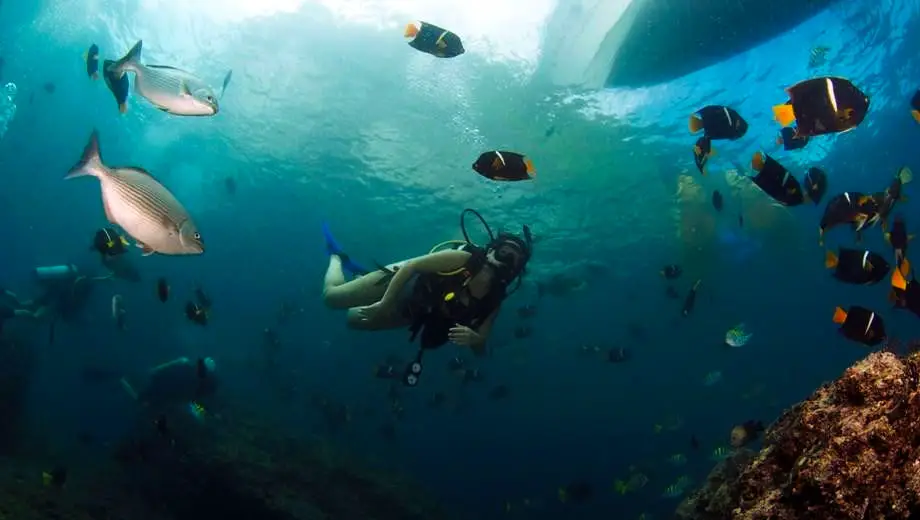
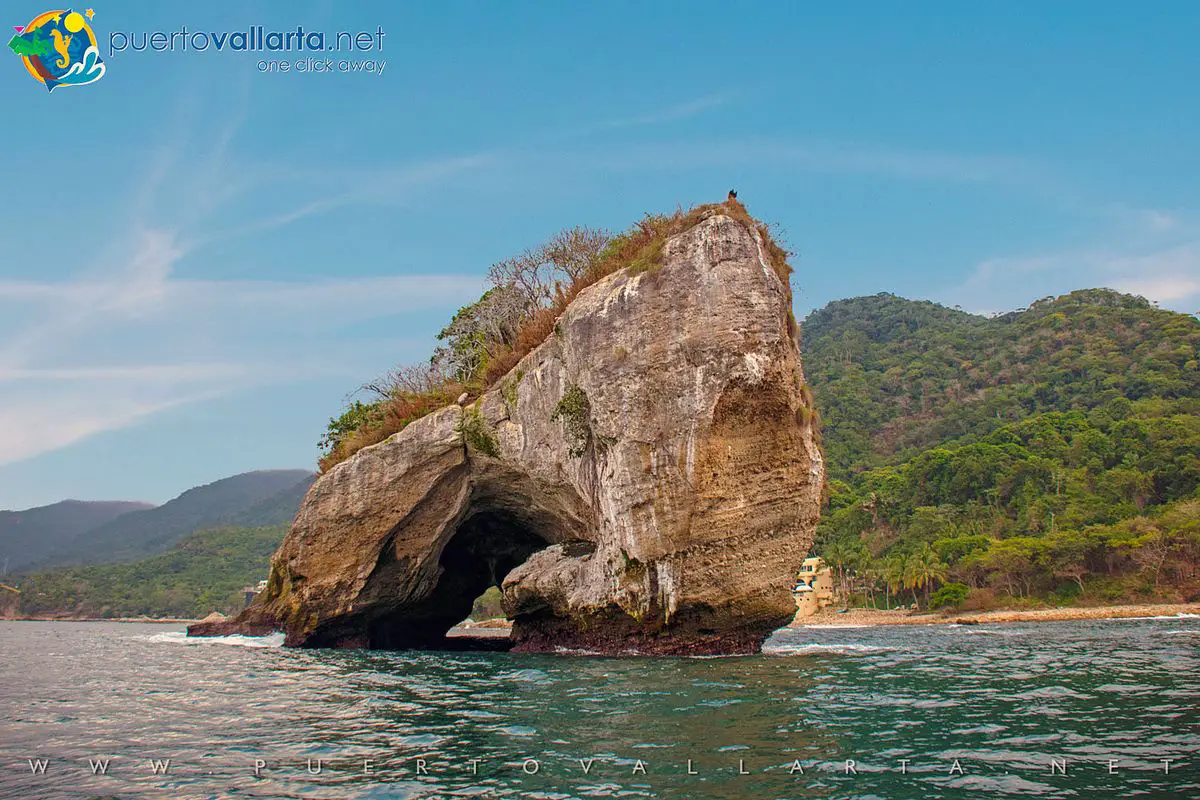
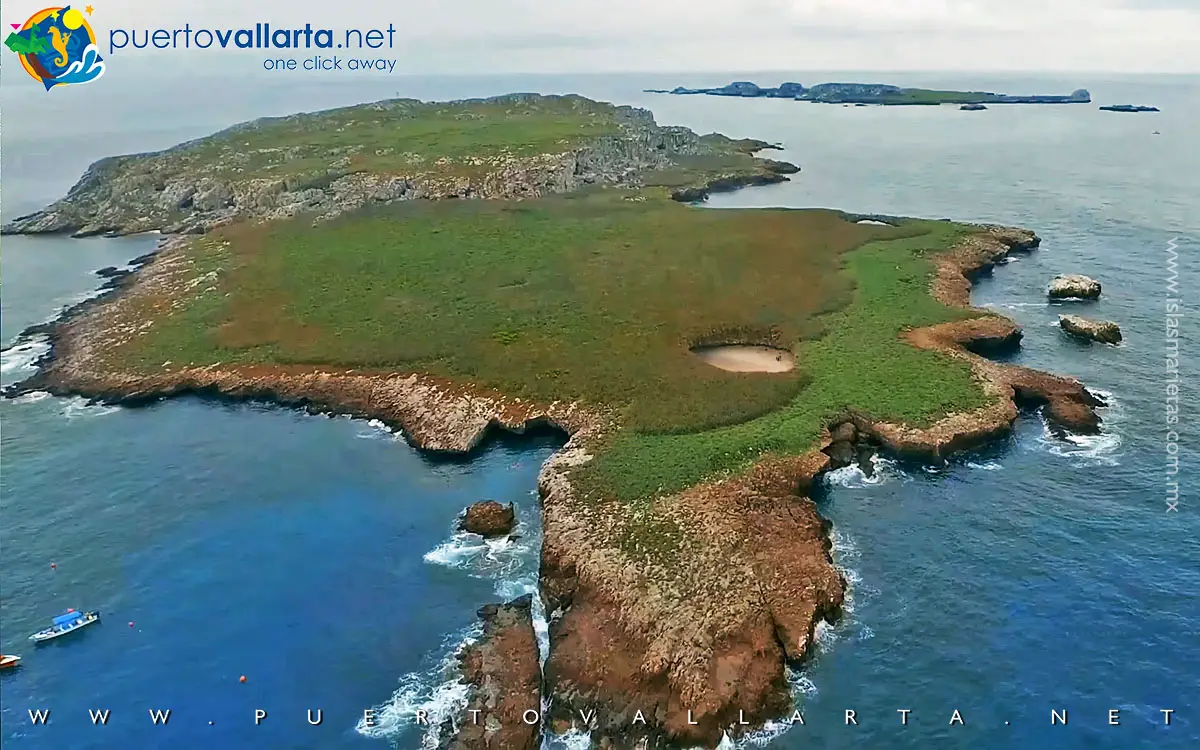
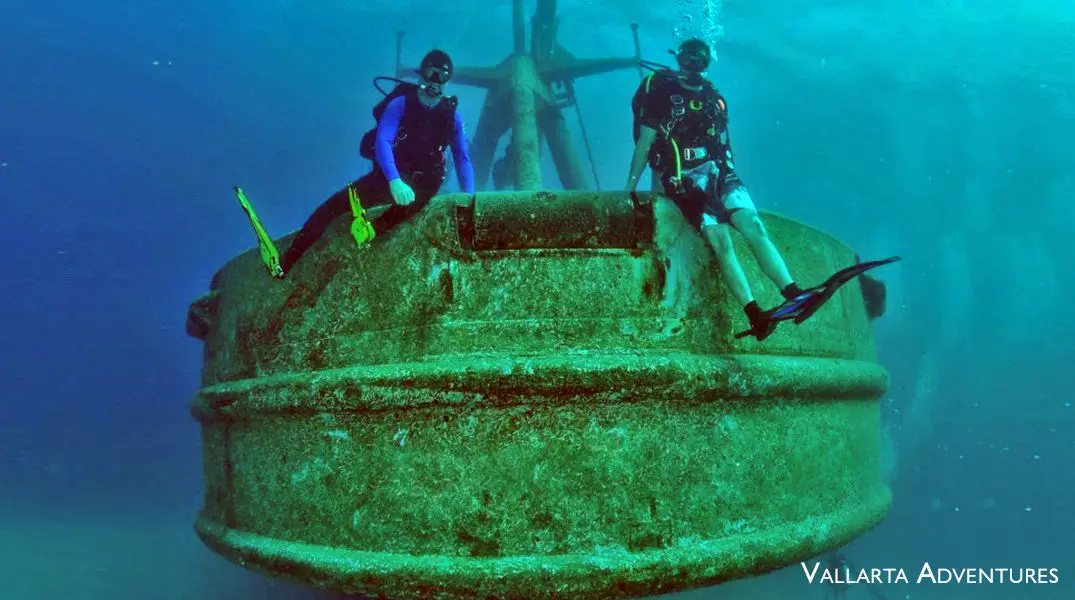
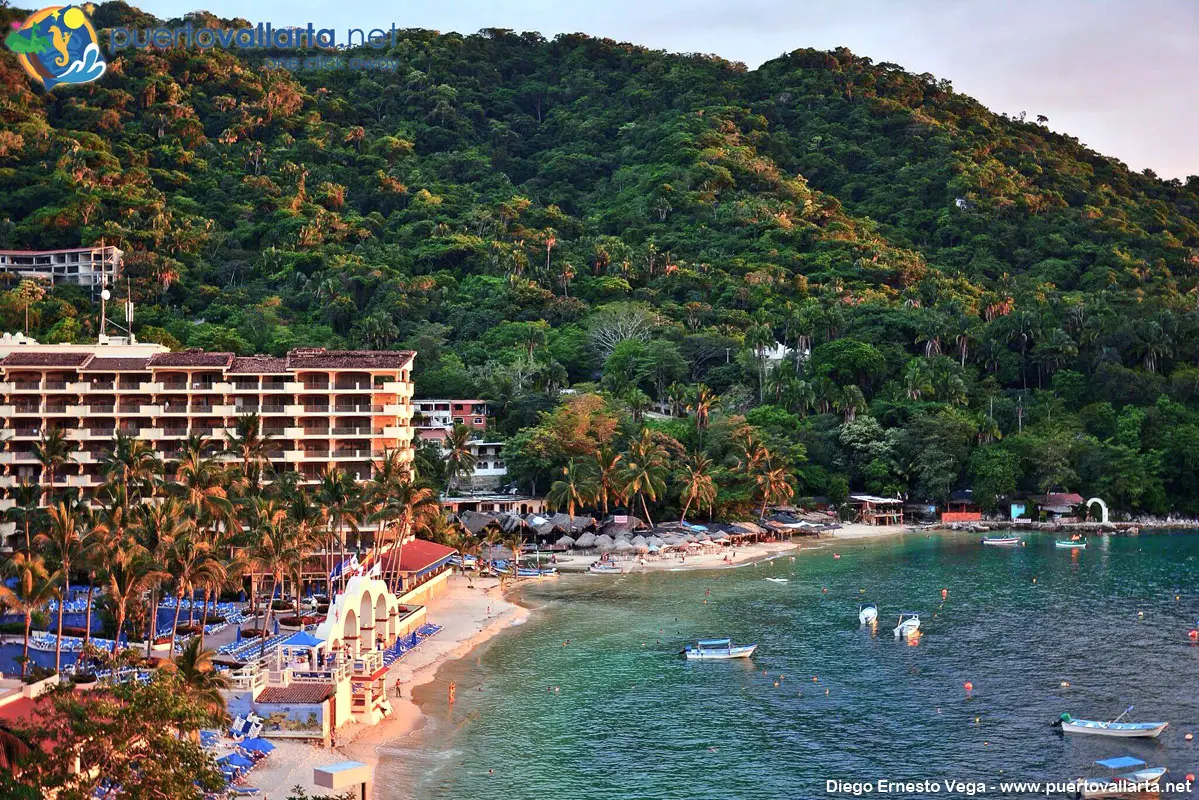
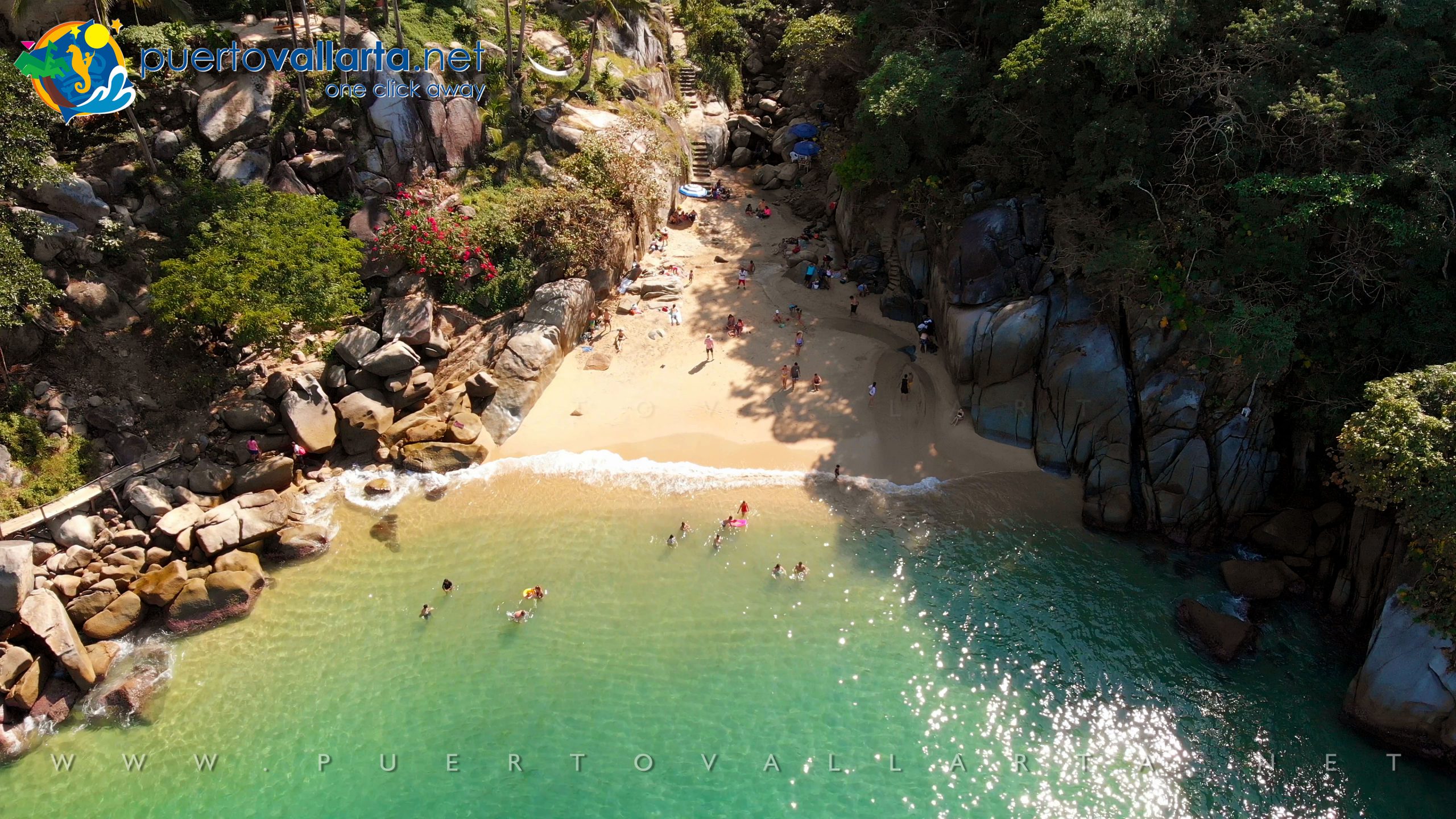
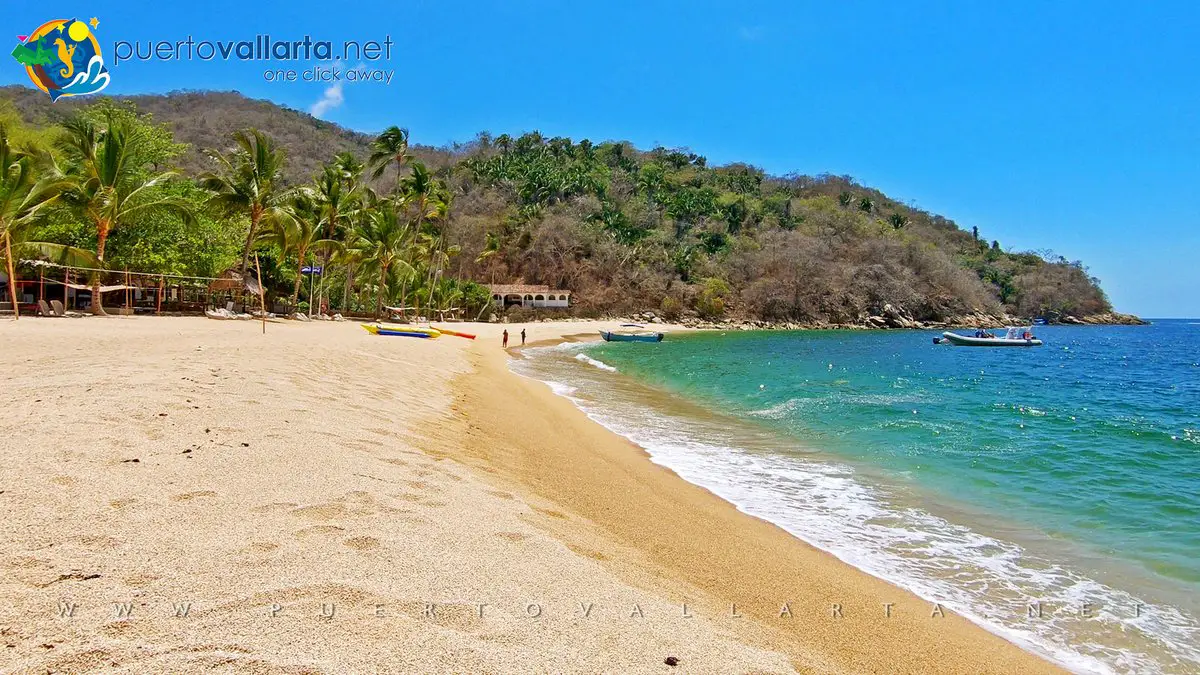
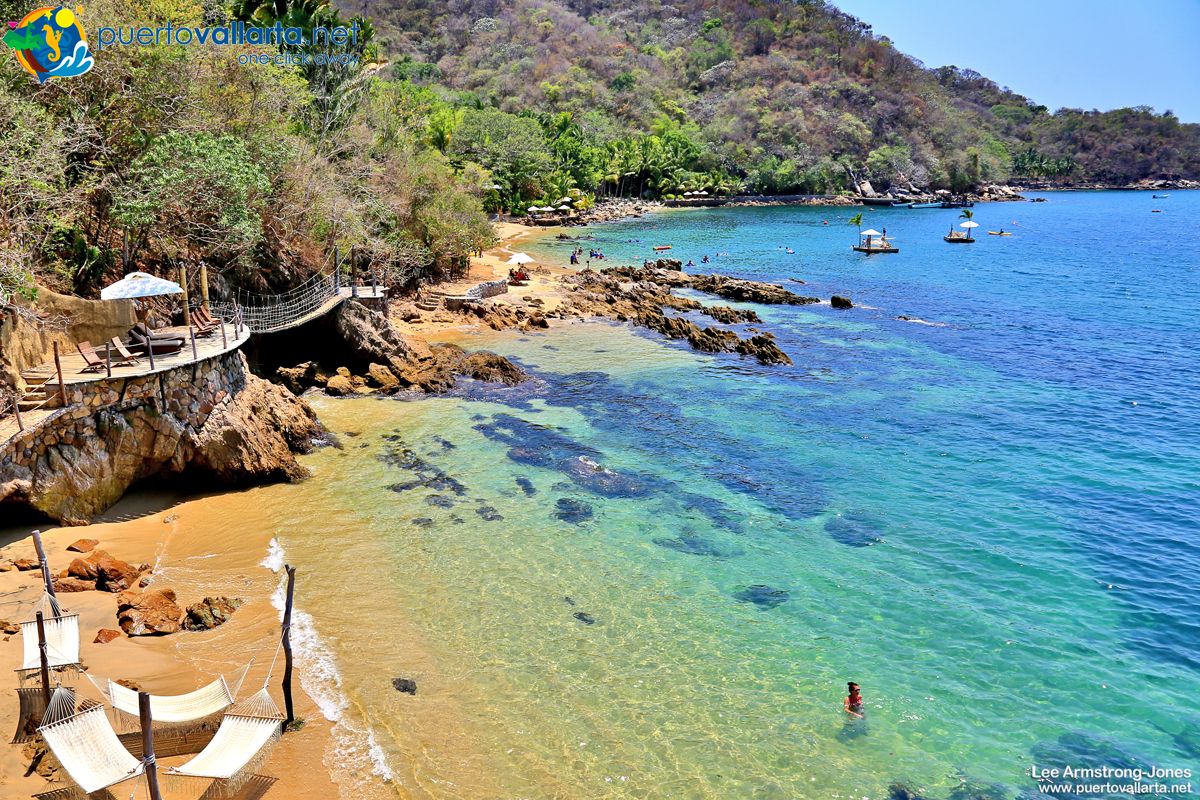
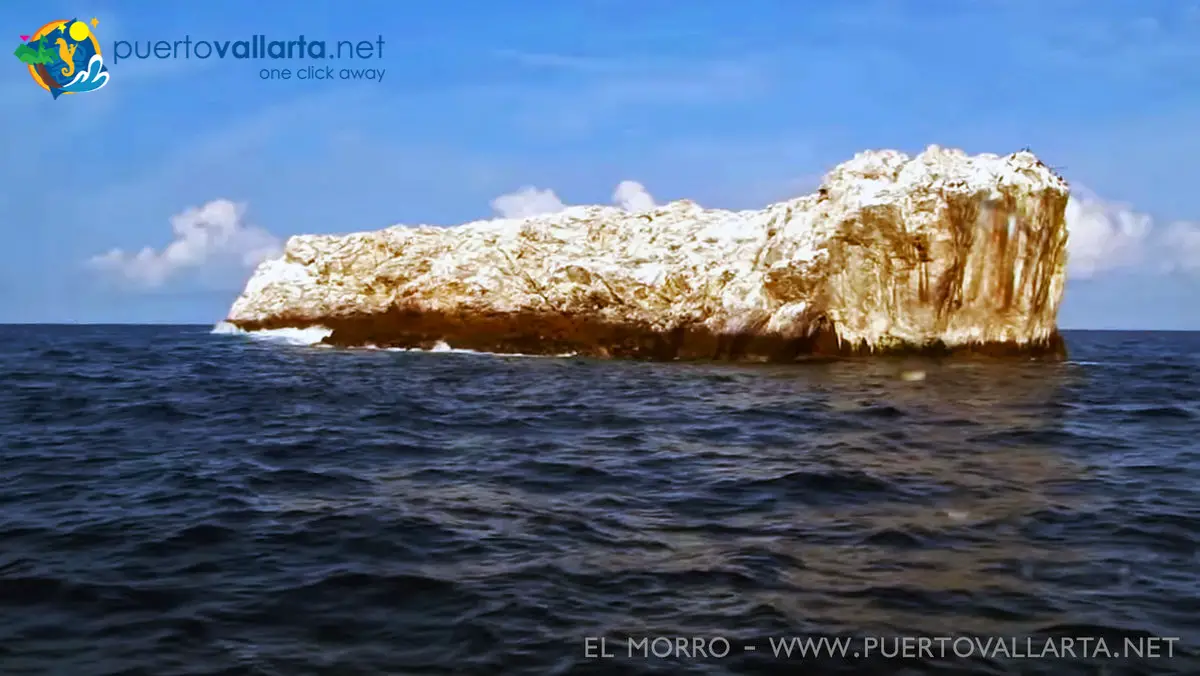
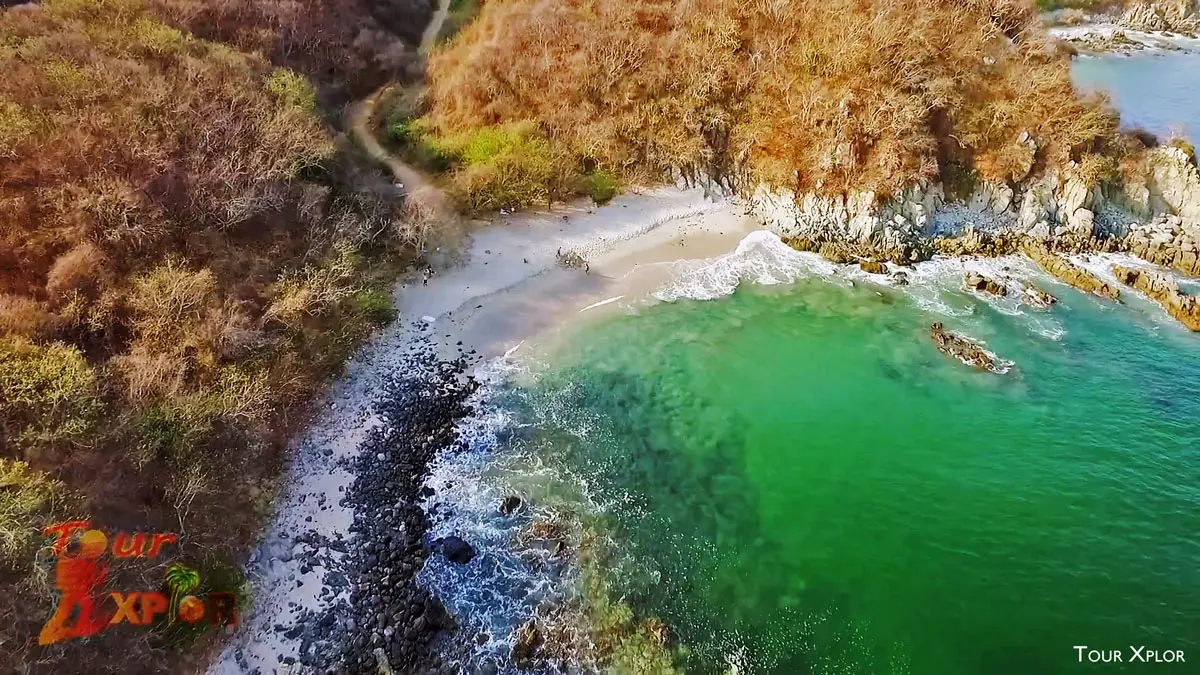
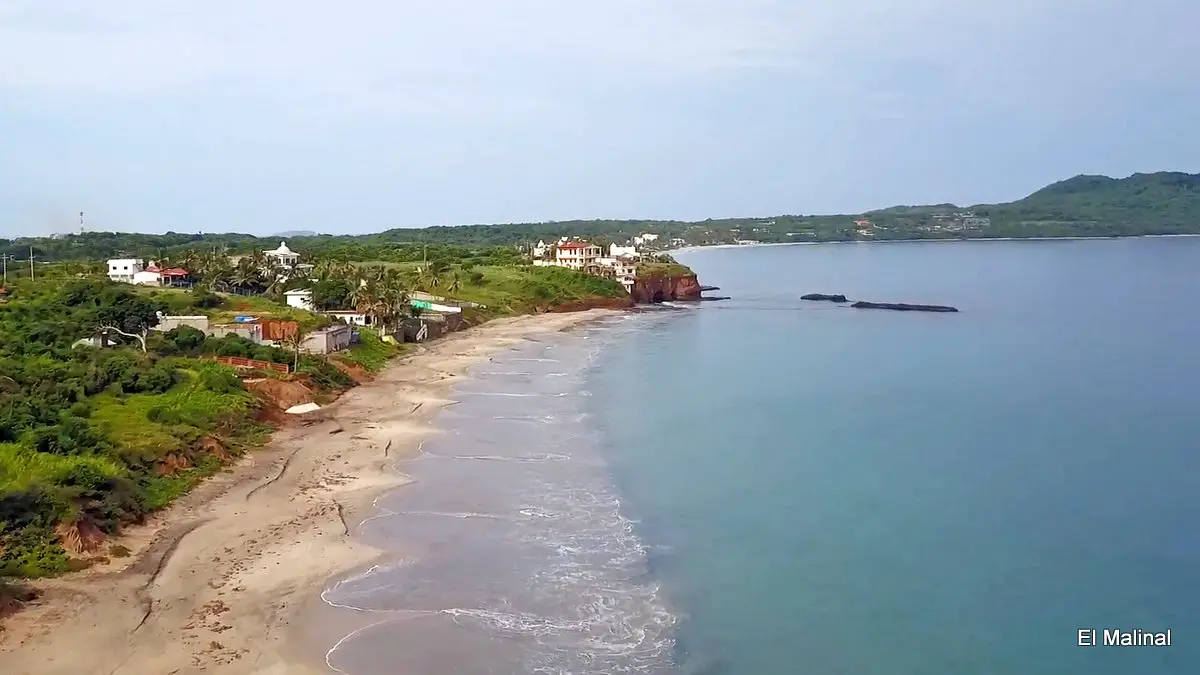
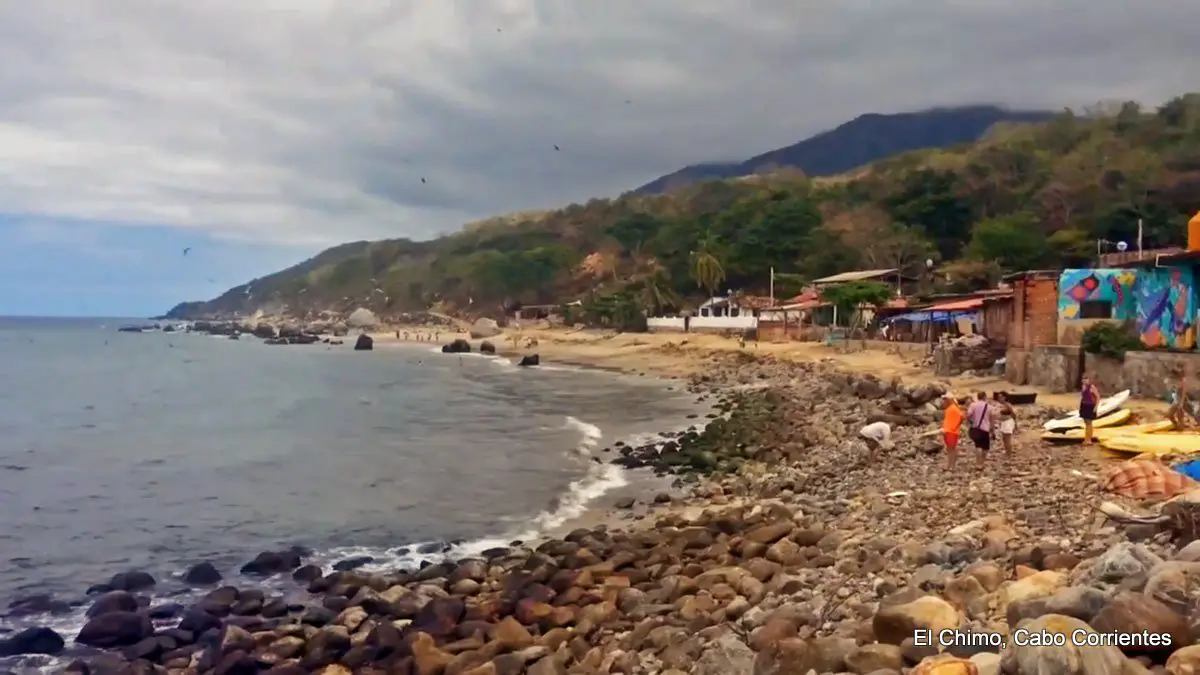
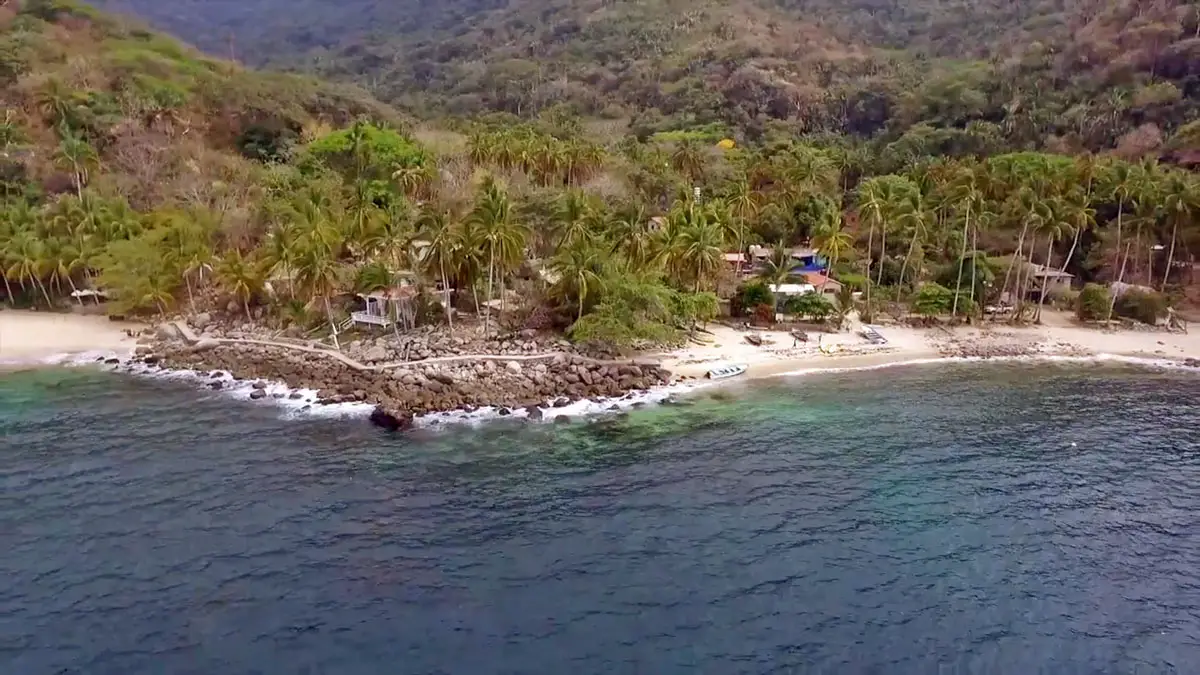
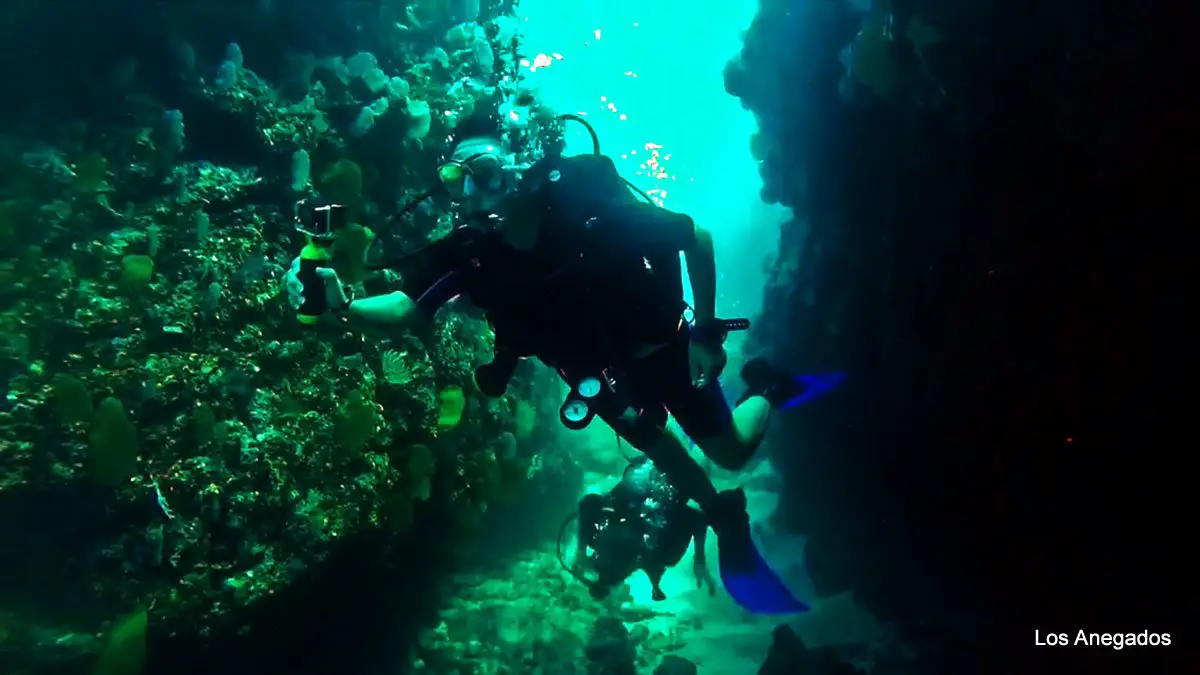

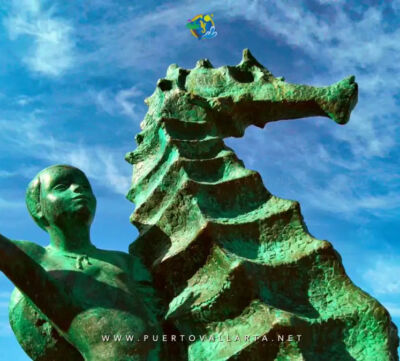
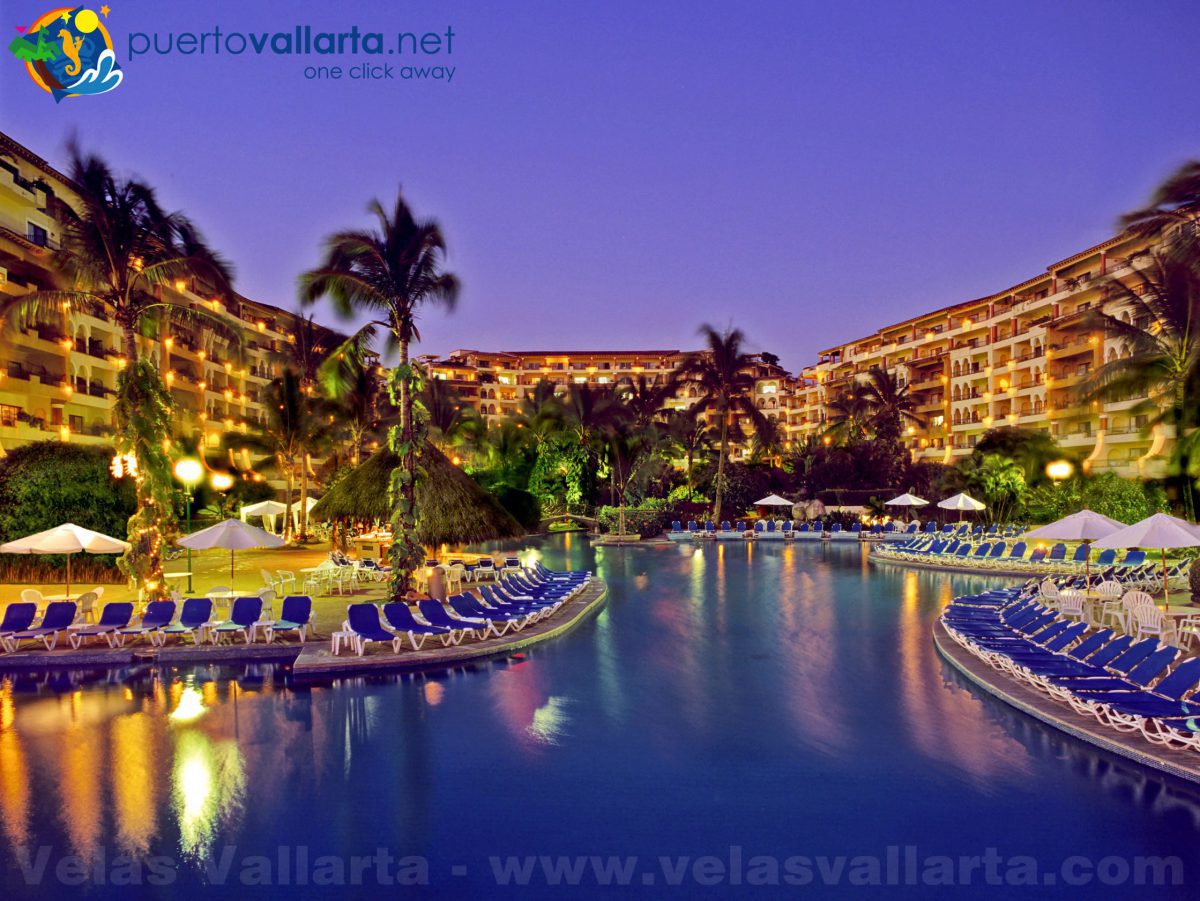

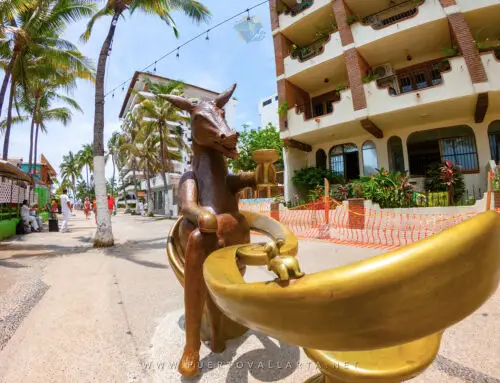
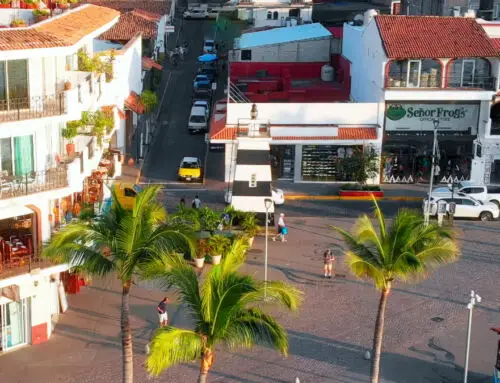
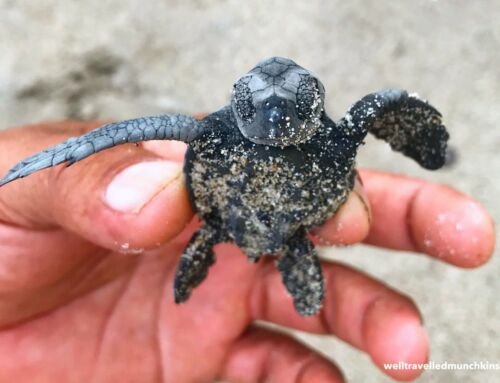
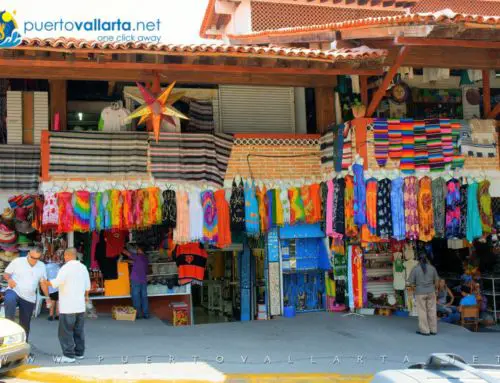
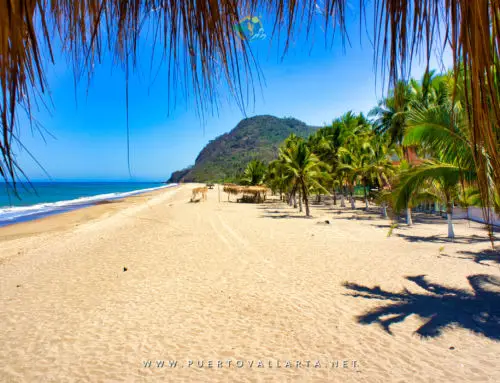
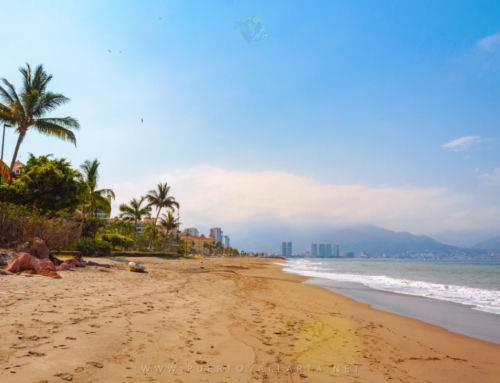
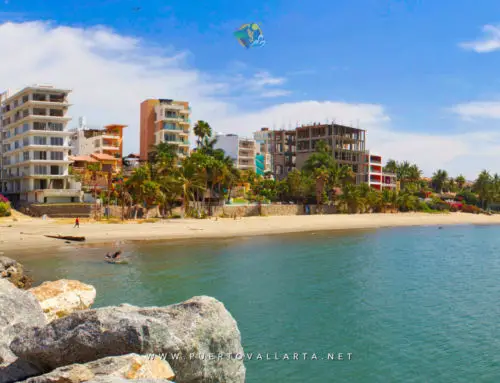
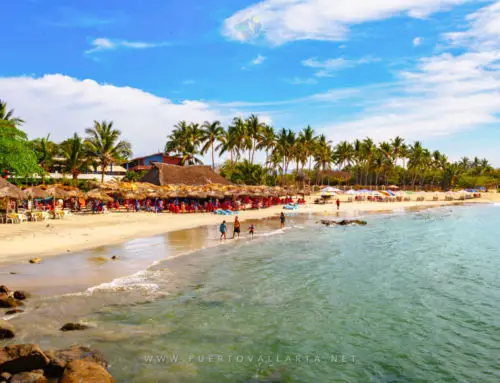
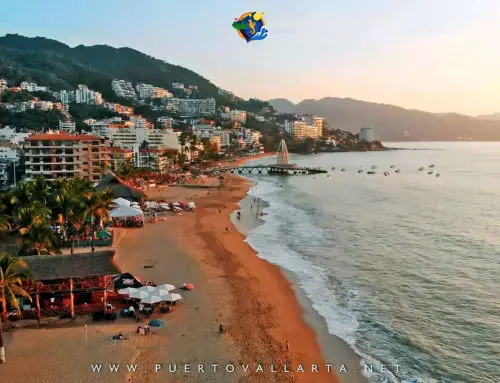
Leave A Comment